Appointed Person “Lifting Activities”
Scope (Target Audience)
The Course is designed for persons working as crane/ Lifting supervisors or in the H.S.E. department of construction/engineering or maintenance, or
anyone involved in the managerial role of lifting. The role and responsibilities of all personnel involved in the planning, supervision and execution of
lifting operations are defined in the code of practice BS7121 – Safe Use of Cranes. BS7121 helps employers comply with the Corporate Lifting
Equipment Regulations QE- Doc—001 Revision-5, Qatar construction Standard 9-7(QCS 2014), Lifting Operations and Lifting Equipment Regulations
1998 (LOLER) when they are using mobile cranes and the Provision and Use of Work Equipment Regulations (P.U.W.E.R.)
Objective
At the end of the course the delegate should be able to – Plan a Basic lifting operation.
Be aware of the importance of selection provision of a suitable crane(s) and lifting equipment.
Understand the importance of site preparation.
Understand the system of maintenance, examination and where necessary testing of the
crane(s) and equipment.
Organize and provide properly trained and competent personnel who have been made aware of
their relevant responsibilities.
Be aware of the need for adequate supervision by properly trained and competent personnel
having the necessary authority.
To prepare a Method Statement.
To conduct a risk assessment.
Ensure the safety of persons not involved in the installation or lifting operation.
Structure of the Course (Course Content)
The syllabus covers:
Roles and Responsibilities of Appointed person
Qatar Construction Safety Standard 2014 Section 9 part 7
Corporate Lifting Equipment Regulation (QP) Rev: 5
The Health and Safety at Work Site Act etc. Act 1974:
Section 2 – General Duties of Employers
Section 7 & 8 – General Duties of Employees
Powers of the Inspectorate
The Provision and Use of Work Equipment
Regulations 1998 (PUWER) an overview.
The syllabus (Cont)
The Lifting Operations and Lifting Equipment Regulations (LOLER)1998:
Regulation 7 – Marking of Lifting Equipment
Regulation 8 – Organization of Lifting Operations
Regulation 9 – Thorough Examination and Inspection
Regulation 10 – Reports and Defects
Regulation 11 – Keeping of Information BS7121 Part 1
Managing the Lifting Operation
Planning the Lifting Operation
The Role of the Appointed Person
Crane Signaling (communication)
BS7121 Part 3: Working with Mobile Cranes
Basic Lifts – Standard Lifts and Critical Lift
The Role of the Crane/lifting Supervisor/
Assessment
Theory
Prepare a method statement.
Prepare a lifting plan.
Prepare a risk assessment.
Practical
Putting the lifting plan into operation, using the risk assessment and Method statement which will be assessed to QCS2014 standards. Each delegate
will plan, prepare & manage a basic & standard lift.
Validation
2 Years.
Prerequisite
Prior experience in lifting operations.
English – written and oral.
Duration
3 Day comprising
1 day theory, and
2 day practical/assessments
Delegate
Minimum 3
Maximum 10
Health
Delegates should be fit and healthy, good eye sight.
All delegates will be asked to complete a standard medical questionnaire prior to the course commencement
Dates and Cost
On Request
Venue
Can be held in Q.I.S.C facility or on arrangement at the client’s premises.
Clients to bring Full P.P.E.
Safety hat.
Safety glasses.
Ear protection (if necessary)
Coveralls.
Leather Gloves.
Safety footwear.
High visibility jacket
